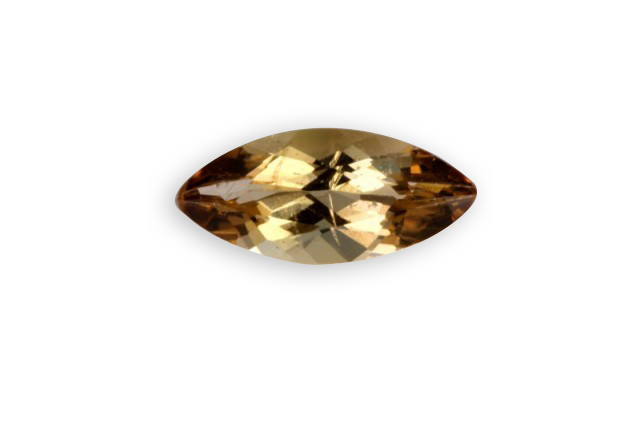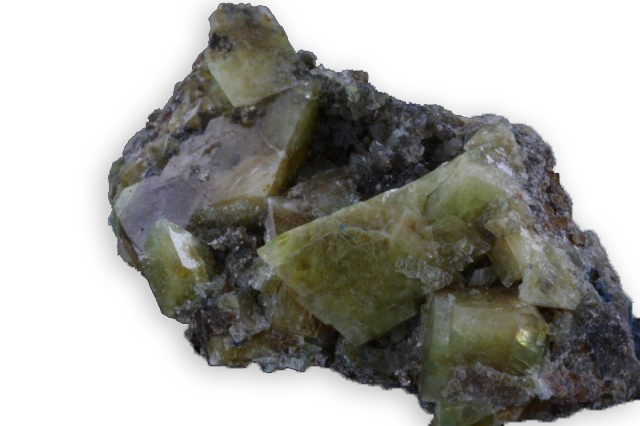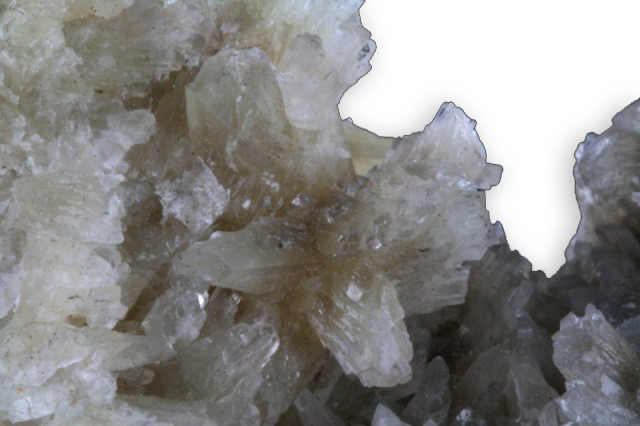
barytocalcite
Discovered in 1824 in England, it was named after its composition, it contains barium as much as barite and it is a carbonate (calcium, as calcite, but with the addition of barium).
Je vous emmène à travers mes vidéos découvrir mon expérience acquise depuis plus de 30 ans a silloner le globe entier à la recherche de pierres précieuses, de rencontre mémorables mais aussi de difficulté parfois …

Discovered in 1824 in England, it was named after its composition, it contains barium as much as barite and it is a carbonate (calcium, as calcite, but with the addition of barium).
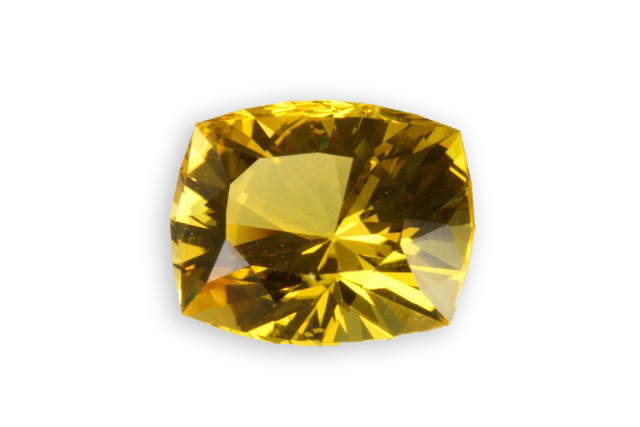
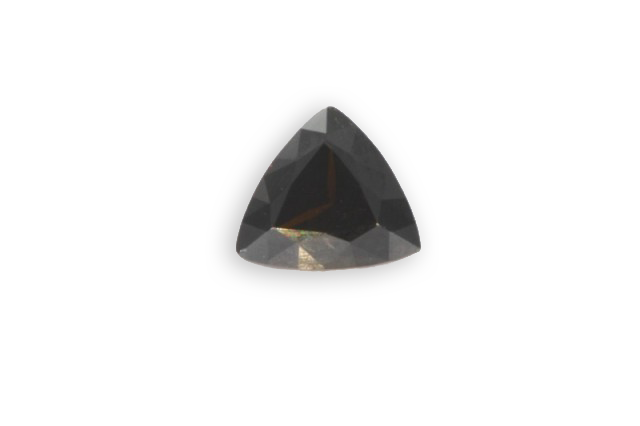
Its name honors Joseph Baddeley, who identified it in 1892 in some samples coming from Sri Lanka. This is the basic material used to manufacture synthetic zirconium oxide by the method of autocreuset to 2750 ° C.
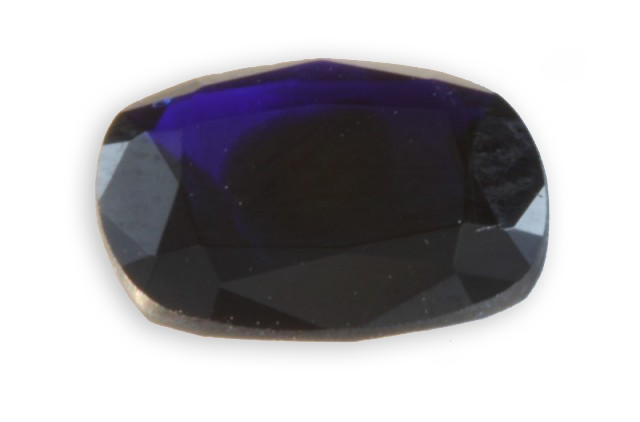
Discovered in 1824 by Beudant Chessy-les-Mines in France, azurite takes its name from its azure blue. It has been known since antiquity, it is a copper carbonate, which effervesces with acids. It is often associated with malachite, green, in copper deposits, as azurite turns into
